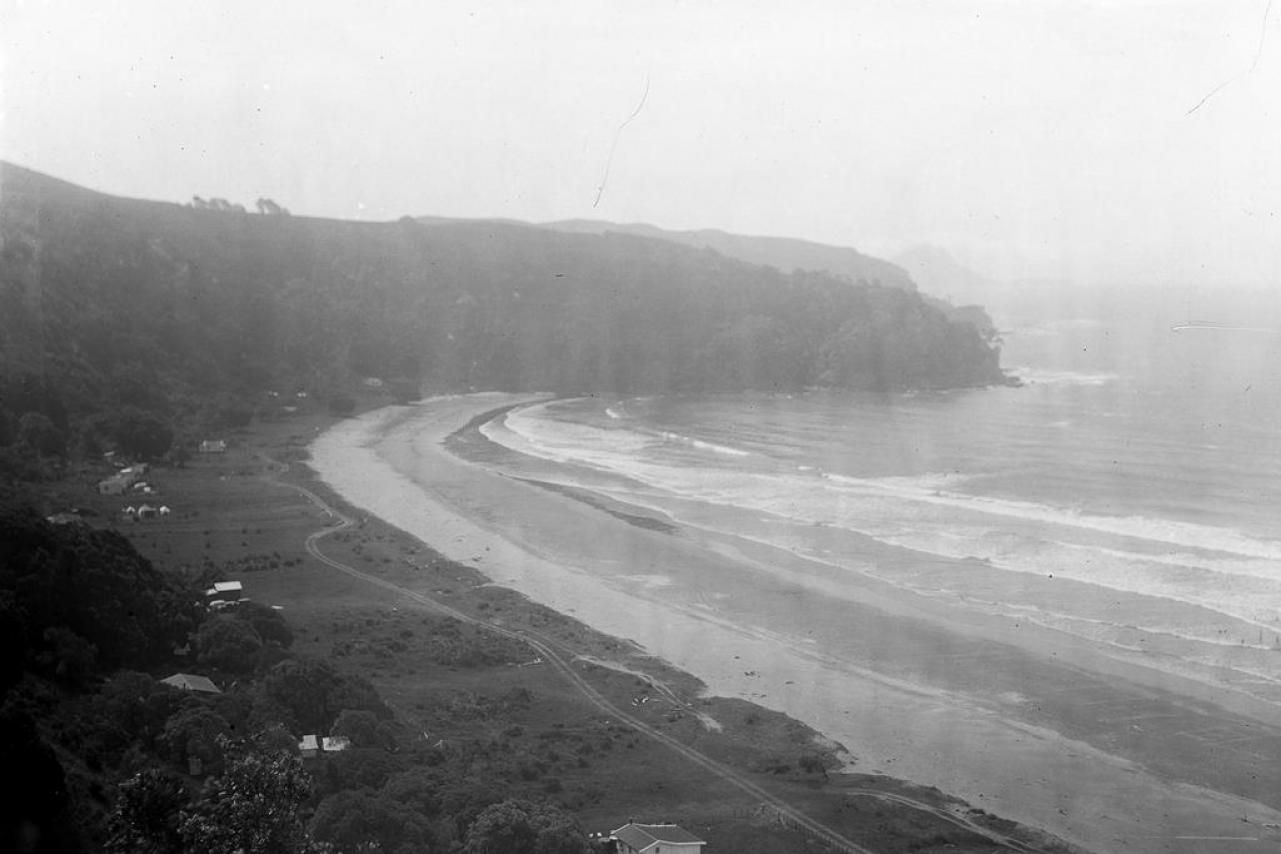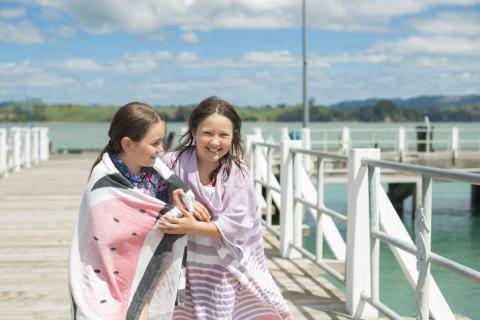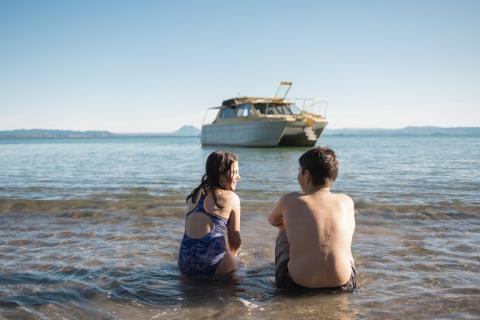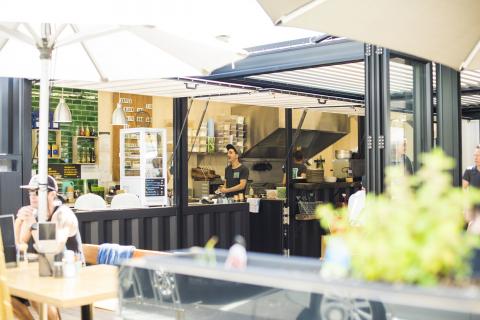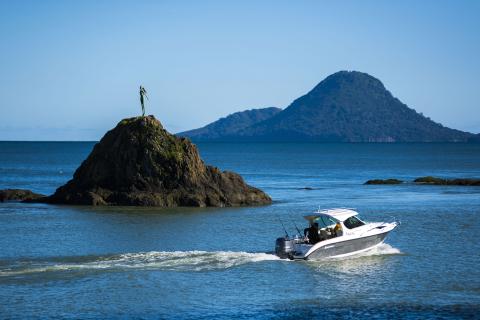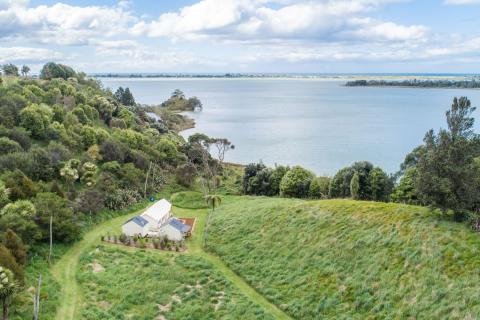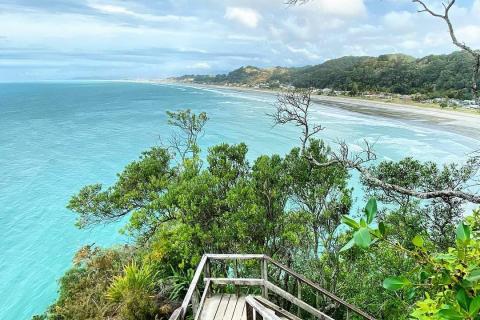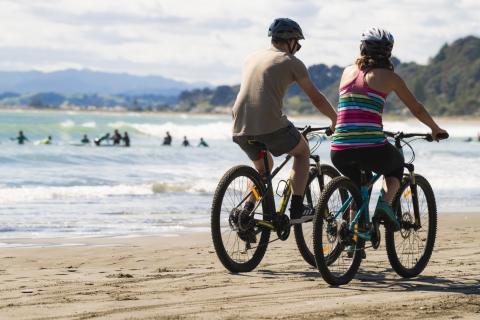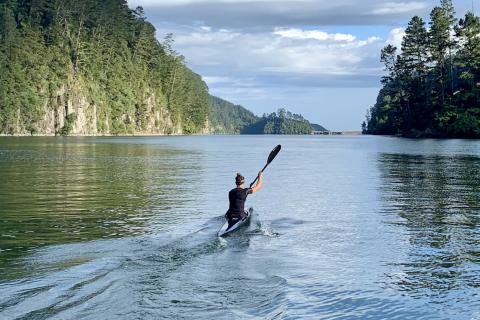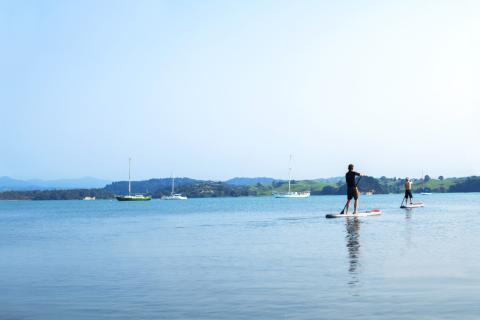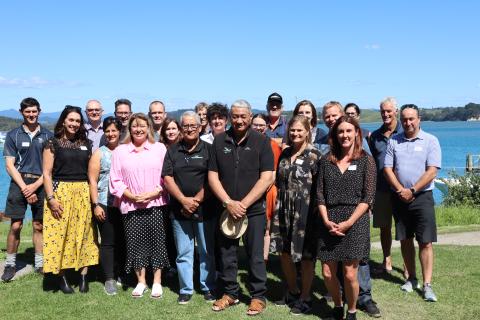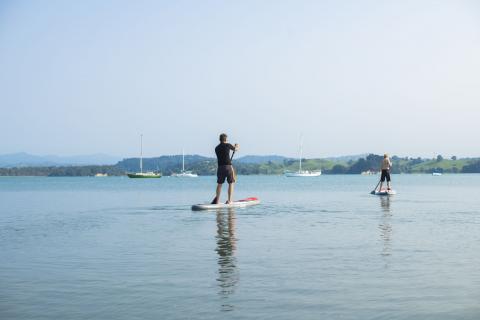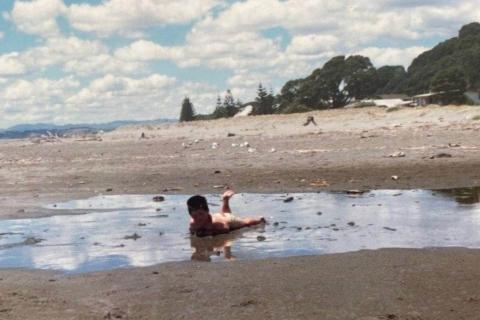Pre-European history
Ōhiwa Harbour and surrounds have been prized for many centuries. It has been estimated that construction of pā (fortified sites) began around 1500. Most signs of human presence have long faded into the landscape, but if you know where to go and what to look for, you’ll be rewarded by a sense of connection with the past and a far greater appreciation of what makes this area so special.
Tauwhare Pā and other significant sites
Ōhiwa Harbour was one of the most densely settled areas in pre-European Aotearoa. The iwi (Māori tribes) of this area are Ngati Awa, Whakatohea, Upokorehe and Tuhoe. Ōhiwa has always been prized as a food resource, the seafood basket of the Mataatua tribes.
Until about 200 years ago, Ōhiwa was regularly fought over. This is reflected in the many pā sites on headlands and islands. Archaeologists have identified a total of over 90 pā sites, with some suggesting they were constructed from around 1500 to 1769.
Tauwhare was a major pā overlooking Ōhiwa Harbour. This site marked the last confrontation between Ngati Awa and Whakatohea.
Tokitoki midden on the southeastern side of Ōhiwa Harbour had excavations that found items dating to 600-700 years ago. These included moa bone, obsidian (volcanic glass) tools, tools made from stone from other parts of New Zealand, and bone fish hooks.
Onekawa Te Mawhai is seen from much of Ōhope and Ōhiwa, on the eastern side of the harbour entrance. This is another very important pā site and is now a regional park.
Recent history
Shipping and wharves
Steamships operated up and down the Bay of Plenty coast from the late 1860s. Ōhiwa was important because it remained workable when the shallow Whakatāne and Ōpōtiki Harbours could not be used. In storms during the early 20th century, up to 15 vessels would shelter in Ōhiwa, as far up as Uretara Island.
The Northern Steam Ship Company built a wharf on the eastern side of the Ōhiwa Harbour entrance in 1896. However, within 15 years the end of the sand spit started to wash away, and the wharf was abandoned in 1922.
Whakatāne and Ōpōtiki Councils built a long causeway and wharf at Kutarere in 1916. But with roading quickly improving and the channel shallow, this was quickly outdated. The skeleton of the causeway remains.
Port Ōhope Wharf was built by the Whakatāne Harbour Board in 1957. Vessels of up to 1000 tonnes berthed here, operated by the Northern Steam Ship Company, mostly taking outbound cargo. But with improving land transport and the difficult entrance, the company stopped using the wharf in 1966.
Ōpotiki Council commenced work around 1957 on building a wharf opposite Hokianga Island, but work stopped when it was decided to instead transport produce from the Tāneatua railhead.
Early land travel
In the early 20th century, the stagecoach was the main passenger link for coastal towns.
From Ōpotiki, the horses and coach would cross the Waioeka near the present day bridge, then follow the beach to Ōhiwa, crossing the mouth of the Waiotahe river. After 1909, they would be ferried across the harbour entrance. After landing near what’s now the golf course, the coach would follow Ōhope Beach to Maraetotara, where it would take Maraetotara, Burma and Mokorua Roads to Whakatāne.
Beyond the Eastern Bay, the coach would travel from Gisborne via Matawai and the Motu Road to Ōpōtiki, then on to Rotorua, Hamilton and Auckland. Gisborne to Auckland was a five-day trip.
Settlement of Ōhope peninsula
Until the late 1950s, Ōhope peninsula had no houses and just a rough access track. People would camp there, but there was only one permanent inhabitant, Jim Beck, who had a whare (hut) near where the Port Ōhope General Store and Café now stands. This was known as ‘Jim’s Camp’.
Development of the peninsula began after the Port Ōhope Wharf was built in 1957. The Whakatāne Harbour Board sold residential sections, using the profit to finance the port facilities. A photo around the early 1960s shows around 20 houses on the dunes near Maraetotara, with another cluster of houses down near the wharf.
